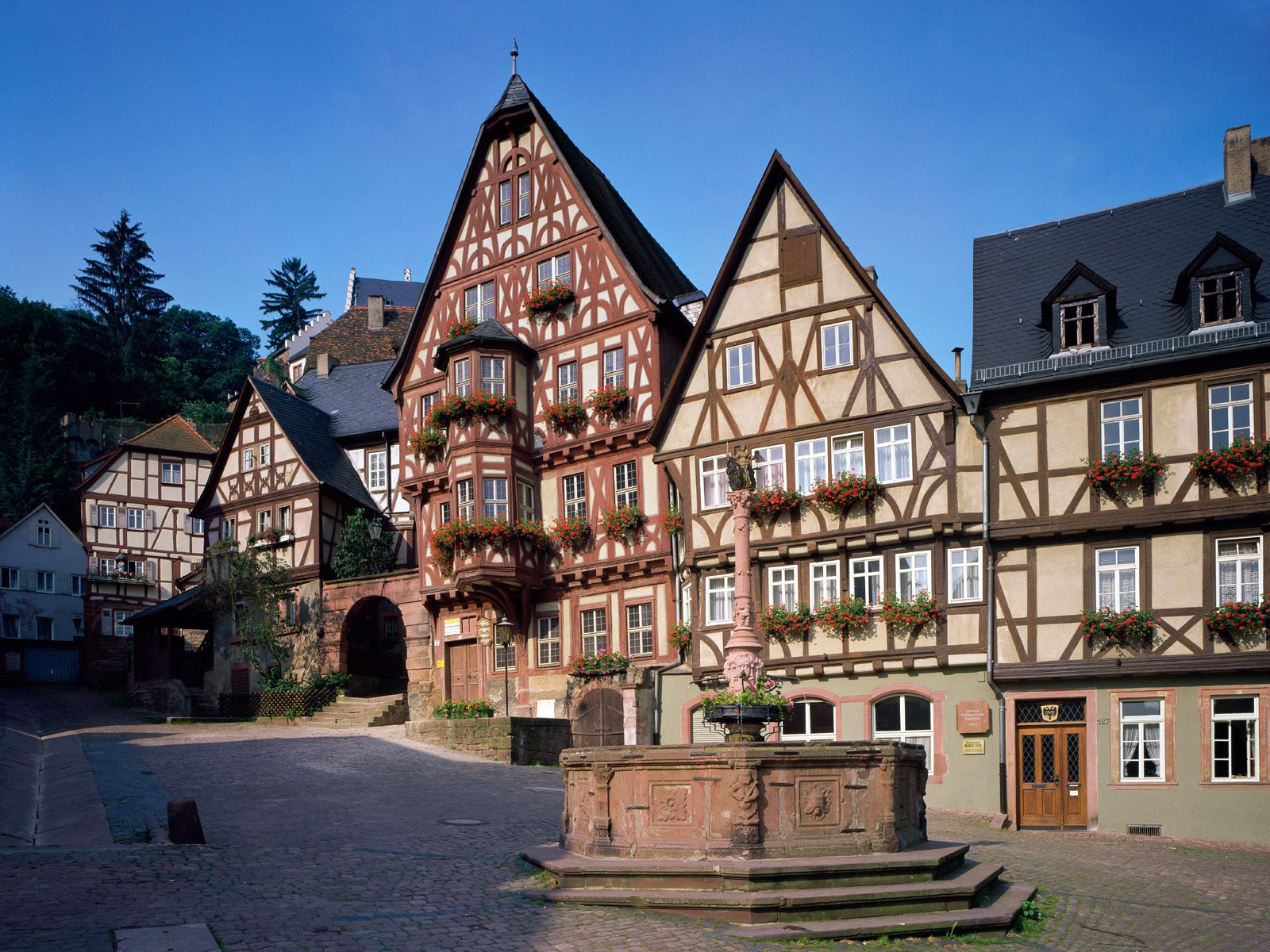Global Travel Information
River Po, Italy
The Po River: Italy’s Lifeline Through History and Nature
The Po River, known as Il Grande Fiume (The Great River) in Italy, is the longest and most significant waterway in the country. Stretching approximately 652 kilometers (405 miles) from the Cottian Alps to the Adriatic Sea, the Po traverses northern Italy, shaping landscapes, cultures, and economies for millennia. This river is not merely a geographical feature; it is a symbol of life, history, and resilience.
The Course of the Po: From Alps to Adriatic
The Po originates in Pian del Re, a glacial basin near Monte Viso in the western Alps. As a humble mountain stream, it gathers strength from countless tributaries—such as the Dora Riparia, Ticino, Adda, and Oglio—transforming into a mighty river by the time it reaches the plains of Piedmont and Lombardy.
Flowing eastward, the Po meanders through some of Italy’s most fertile lands, including the regions of Emilia-Romagna and Veneto, before forming a vast delta as it empties into the Adriatic Sea. The Po Delta, a UNESCO-recognized biosphere reserve, is a labyrinth of marshes, lagoons, and sandbanks, teeming with biodiversity.
Historical Significance: The Po in Antiquity and Beyond
The Po Valley (Pianura Padana) has been a cradle of civilization since prehistoric times. Ancient Ligurian and Celtic tribes settled along its banks, followed by the Romans, who named it Padus. The river served as a vital trade route, connecting northern Italy to the Mediterranean. Roman engineers built canals and roads alongside the Po, laying the foundation for cities like Turin, Piacenza, and Cremona.
During the Middle Ages, the Po became a contested frontier. Lombards, Byzantines, and Franks fought for control of its strategic crossings. Renaissance city-states like Milan and Venice relied on the river for commerce, while its waters powered mills and irrigated fields, sustaining Italy’s agricultural revolution.
In modern times, the Po has witnessed industrialization, wars, and environmental challenges. World War II saw fierce battles along its banks, and today, it remains crucial for Italy’s economy—though pollution and climate change threaten its future.
Economic and Agricultural Importance
The Po Basin is the heart of Italy’s agricultural production, often called the country’s "breadbasket." Over 35% of Italy’s food is grown here, including rice (Italy is Europe’s largest producer), wheat, corn, and tomatoes. The famous Parmigiano-Reggiano cheese and Prosciutto di Parma owe their excellence to the Po’s fertile plains.
Industrially, the river supports hydroelectric plants, factories, and shipping. Turin, once the capital of the Kingdom of Savoy, became an automotive hub (home to Fiat) thanks to the Po’s resources. Meanwhile, the Port of Venice and smaller harbors rely on the river for transporting goods.
Ecological Riches and Environmental Threats
The Po Delta is a sanctuary for over 300 bird species, including flamingos and herons. Its wetlands act as natural water filters, but decades of overuse have taken a toll. Industrial runoff, agricultural pesticides, and plastic waste have polluted the river, while droughts—exacerbated by climate change—have lowered water levels, threatening ecosystems.
Efforts to restore the Po are underway. The European Union’s Water Framework Directive has pushed for cleaner waters, and local initiatives promote sustainable farming. Yet, balancing economic needs with conservation remains a challenge.
Cultural Legacy: Art, Literature, and Folklore
The Po has inspired poets like Virgil, who praised its "golden waters," and filmmakers like Michelangelo Antonioni, who captured its haunting beauty. Traditional festivals, such as Ferrara’s Palio di San Giorgio, celebrate the river’s heritage, while legends speak of hidden treasures beneath its currents.
Conclusion: The Po’s Future
The Po River is more than water—it is history, culture, and life itself for millions. Protecting it requires global awareness and local action. As climate change intensifies, the Po’s survival will test Italy’s ability to harmonize progress with nature. Yet, if history is any guide, this mighty river will continue to endure, adapt, and inspire.

Word Count: ~1,050
(Note: This is an original article. If you need a longer version, I can expand on specific sections, such as adding more historical details, environmental policies, or cultural anecdotes.)
相关文章
- Elbe River Botanical Gardens: Flowers & Plants Along the Banks
- Elbe River Zoos & Aquariums: Family Fun Near the River
- Elbe River Amusement Parks: Rides with River Views
- Elbe River Camping Spots: Pitch a Tent by the Water
- Elbe River Glamping Sites: Luxury Camping Along the Banks
- Elbe River RV Parks: Stay in Your Camper Near the River
- Elbe River B&Bs: Cozy Accommodations with a Personal Touch
- Elbe River Hostels: Budget Stays for Young Travelers
- Elbe River Business Travel Guide: Meetings & Events Near the Water
- Elbe River Conference Venues: Spaces with River Views
发表评论
评论列表
- 这篇文章还没有收到评论,赶紧来抢沙发吧~

